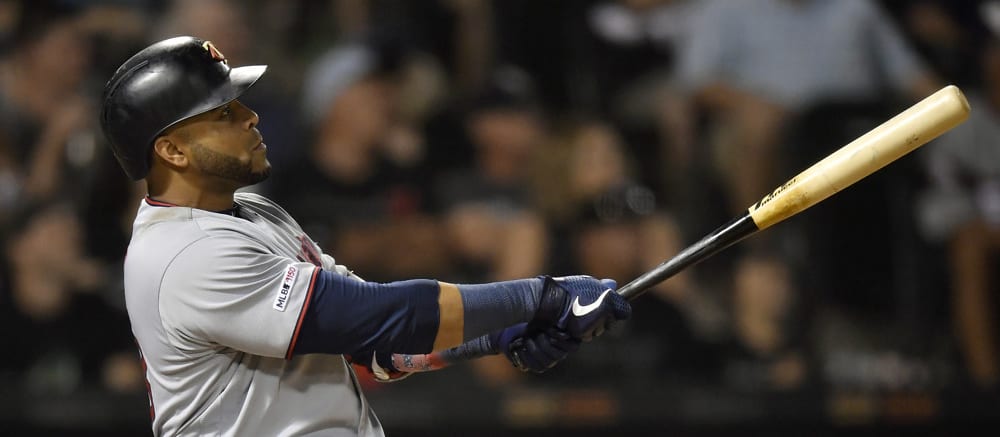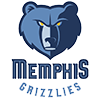Previous day: 1-2, -2.12 RWBucks
Season: 30-44, -19.41 RWBucks
Before this column, before my Newsletter, before Moneyball, before Baseball Prospectus, there was just talking baseball with friends. Whether arguing at the Inwood Park basketball courts over who was better, Mattingly or Strawberry (Mattingly, don't @ me), or playing all-night Strat-O-Matic marathons with the boys from the ITBL, or, a few years later online, having to convince someone that Bernie, not Gerald, was the Yankee Williams with a future, I've been talking ball for most of my life.
I was doing prep for today's piece, poring over the data at Baseball Savant, and it got me to thinking about how far we've come. The smack talk in those late-night Strat sessions would be fueled by week-old copies of Baseball Weekly, the bible for fans back in the day. Stats for every player! Left/right splits -- if only just batting average! Notes on all 26 teams! A few years later, my friend and BP colleague Rany Jazayerli and I would argue long into the night over the phone, each with copies of Total Baseball handy to back up our opinions. The arrival of the STATS Handbooks in November was celebrated like a holiday, especially for us Strat players keen to predict the platoon splits of next year's cards. Information was harder to get and there was less of it and you had to wait for it.
This afternoon, with a few clicks, I was able to find out what percentage of pitches someone threw in the strike zone in every season of their career. I was able to see the run value of his pitches based on where they were relative to the strike zone. I could see calculations of the velocity, spin rate, and spin direction of his pitches thus far, and with a few clicks more, could have seen those pitches in high-resolution video. I can get this information, and gigabytes more, for every pitcher in the major leagues.
This change has happened in an instant. I was 24 the day I was invited to join the nascent BP group, and I'm 50 today. In those 26 years, the practice of being a baseball fan, a baseball writer, a baseball analyst, had advanced 260 years. If you'd told me, working on that first BP annual, that we'd know the exact velocity and angle at which a ball left the bat before I had a kid in college, it would have been like you describing jetpacks and flying cars. I'd have asked for a snifter of whatever you were drinking.
This is our reality today, though. We don't know everything, but we know things we couldn't have imagined knowing a generation ago. The trick, same as it was over those dice and cards in high school, same as it was over those phone calls in college, same as it was on the Web, is figuring out what information is best, and how to use it.
In this space, make that, "...how to use it to win money."
8 p.m. Twins (J.A. Happ) +117 over White Sox (Dallas Keuchel)
I share a Scoresheet team that was faced with the choice of whether to start Dallas Keuchel this week. He was our #2 starter on Opening Day, but we've had a lot of our high-floor options pay off, so it's now an open question. Keuchel's calling card is control; you can get away at 87 mph if you're painting it; Keuchel isn't doing that any longer. His 9% walk rate is his highest since he was a rookie, and close to double what it was at his peak. His CSW% -- rate of called and swinging strikes -- is his lowest since his rookie season as well. This is a pitcher in sharp decline.
The Twins are just better than their record. They're 0-11 in non-standard baseball -- seven-inning games and runner-on-second nonsense -- and over .500 in real baseball. By third-order record, a strong measure of underlying performance, they're tied with the Sox. I am not a big fan of J.A. Happ, but I'll take plus money on an undervalued team against a starter on his way out of the league. 1 RWBuck.









































